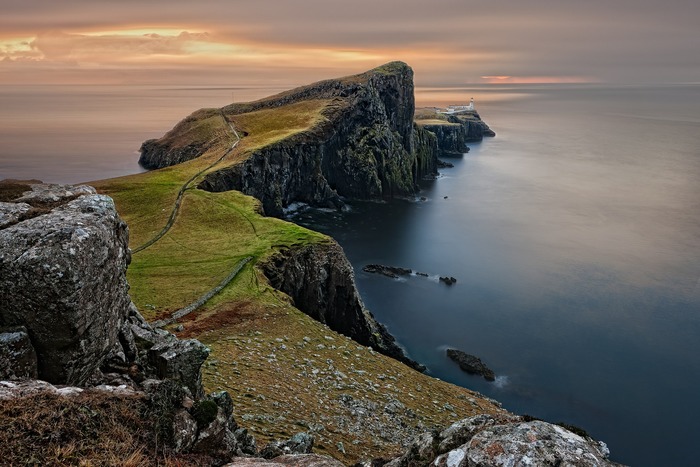A Bluffer’s Guide to the Scottish Whisky Regions
If there’s one thing that Scotland is famous for, it’s the exceptional quality of whisky. Produced up and down the length and breadth of the country, Scotland is divided into several whisky regions (the exact number is often subject to debate). Whilst the flavour of each individual whisky product is largely down to the distiller themselves, there are some striking similarities across the regions - influenced by the landscape, climate and production methods.
Speyside
Starting with potentially the most famous of all the regions, Speyside is home to the most distillery-heavy region of Scotland. Found east of the capital of the Highlands (Inverness) the area stretches from the Cairngorms National Park along and up the Moray coastline.
The Speyside region is arguably the most breathtaking of all the regions, with over half of Scotland’s distilleries being surrounded by world-class scenery.
Speyside Whisky is more likely to sit on the sweeter side, with distillers favouring fruity flavours, accompanied by nutty undertones. Distillers in this region often use sherry casks to mature their whisky.

Campbeltown
Once a region dubbed as the “whisky capital”, Campbeltown was home to over thirty distilleries. Today, this number has reduced significantly and there are only three active distilleries.
Campbeltown, in its hey-day (circa. 1800s), became a victim of its own success. Demand for the region’s whisky was so high, that distilleries felt the pressure to churn out more and more - and as such the quality of whisky suffered, leading to many of them being closed.
Campbeltown whiskies are usually strong and full-bodied, but flavours can vary; the region produces some of the most unusual and experimental Scotch whiskies.

Lowlands
Stretching from Greenock to Dundee, the Lowlands, as its name suggests, is the most southernly Scottish whisky region.
General demand has meant that whiskies produced by distilleries from this area skew predominantly towards blends. But, there are still a few distilleries that continue to produce single malts, too.
Flavours from the Lowlands vary, but the region is known for its production of floral and lighter whiskies, earning the name of the “Lowland Ladies.” For this reason, Lowlands whiskies often make an easy entry point for people new to drinking whisky.
Highlands
The Highlands is the largest Scotch whisky region, but the geographical area it covers is often the subject of debate - depending on whether you include The Islands (the Scotch Whisky Association does), or class them as a separate region altogether.
Because of the expansive nature of this whisky region, it is hard to pin down any particular flavours or tones - they are all so varied and range from sweet to smoky.
This said, Highland malts all typically have a drier finish, and whilst sweet, are less so than those produced in Speyside.

Islay
There is often some debate about whether the Island of Islay is itself a Scottish Whisky Region, or inclusive of the Islands.
Islay lies off Scotland’s west coast and is home to nine distilleries (with a couple more in construction). Peat plays a major role here, and the flavour of Islay whiskies is probably the strongest of all Scotch whiskies. Expect layers of salt, brine, smoke and distinctive medicine notes, which come from the high seaweed content found in the local peat.
Islay whiskies can divide opinion because of their strong flavours and aroma. If you’re new to the world of whisky, then you might want to build up your taste buds first.
The Islands
The Islands are not officially recognised as a whisky region by the Scotch Whisky Association, but many people class them as their own region. It includes Orkney, Skye, Mull, Jura and Arran, among others.
The Islands produced whiskies vary in character, with some distillers leaning towards more fruity undertones and others focusing on peat and smoke - albeit not quite on the scale of Islay. However, as these distilleries are all surrounded by the sea, it is easy to taste the coastal influence of the sea and salt air in their notes of brine and salinity.
What Scottish Whisky Region does Arran Whisky belong to?

This is a source of common debate. Edinburgh Whisky Academy places Arran Whisky into the Highlands, but others have argued that Arran belongs within the Islands. Officially, we concur that we belong to the Islands, but as Campbeltown and Islay have both proven, the growth and retraction of the Scottish whisky regions are constantly in flux - particularly with whisky demand increasing year on year.
What’s your favourite whisky region? Where do you think Arran Whisky falls within the Scottish whisky regions? Share with us on Facebook or Instagram.
Discover the taste of Arran
Shop Arran and Lagg whiskies - both produced and bottled on the Isle of Arran.